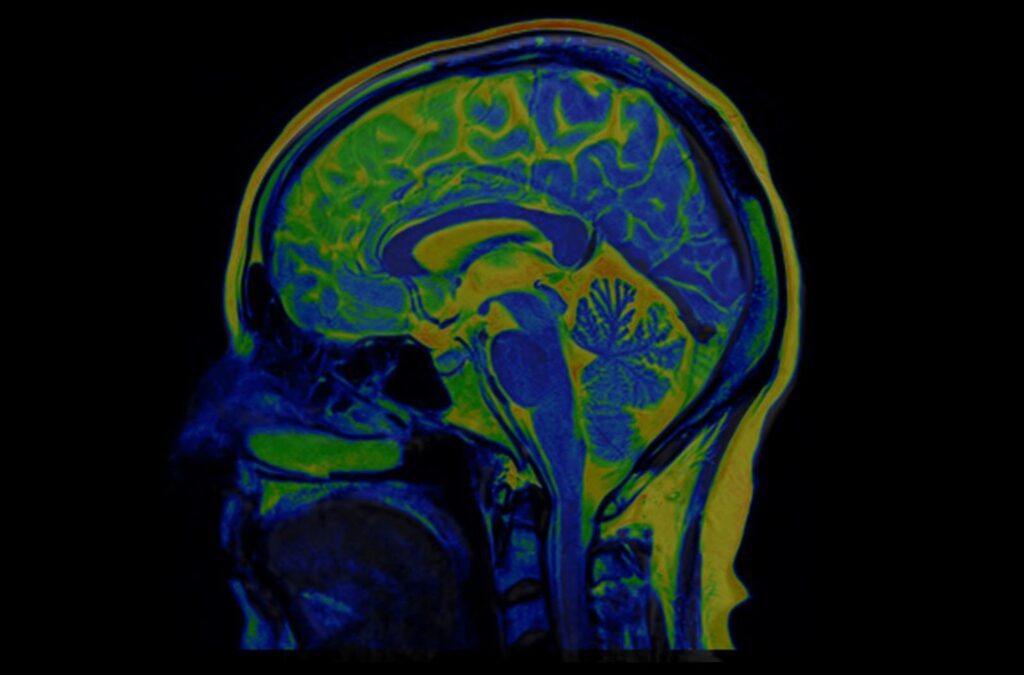
Traumatic Brain Injury (TBI), is a physical injury to brain tissue which may produce temporary or permanent cognitive deficits. The Centers for Disease Control (CDC) estimated in 2007 that over 1.1 million people presented to the emergency room with a TBI. It is estimated that more than 80,000 people each year become disabled from TBI’s.
TBI’s can be either open head injuries, which involve penetrating forces that enter the brain, or closed head injuries, which result from a blow to the head. There are several types of traumatic brain injuries.
A concussion results from the brain being battered or violently shaken. A contusion is a direct bruising to the brain tissue. A coup-contrecoup injury describes contusions at the site of impact and on the opposite side of the impact. A diffuse axonal injury is caused by rotational forces which causes a shearing or tearing of nerve tissues in the brain. A penetrating injury occurs from the impact of a bullet, knife or other sharp object that actually penetrates the skull and damages brain tissues.
Brain injuries can also be “Acquired” meaning that the brain injury occurs when the brain does not receive oxygen. Anoxic and Hypoxic brain injuries are considered Acquired Brain Injuries. Anoxic brain injury describes when the brain does not receive any oxygen for a period of time and is damaged as a result. Hypoxic brain injury describes a brain injury when the brain receives some, but not enough oxygen over a period of time which causes damage to brain tissues.
TBI’s can cause physical problems like loss of consciousness, seizures, headaches, dizziness, visual disturbances, loss of smell, and balance problems. TBI can also cause sensory deficits, behavorial changes, cognitive deficits, communication deficits and visual deficits.
Behavorial changes might include, combativeness, depression, mood swings, impulsivity, anxiety, stress, and agitation. Cognitive deficits include memory loss, problem solving, reasoning, executive functioning (goal setting, planning) and attention to tasks.
TBI is usually diagnosed by physicians using a combination of brain imaging, patient history, clinical presentation and neuropsychological testing. Often a team approach is utilized in diagnosing and treating TBI’s, which may include a neurologist, a neuroradiologist and a neuropsychologist.
